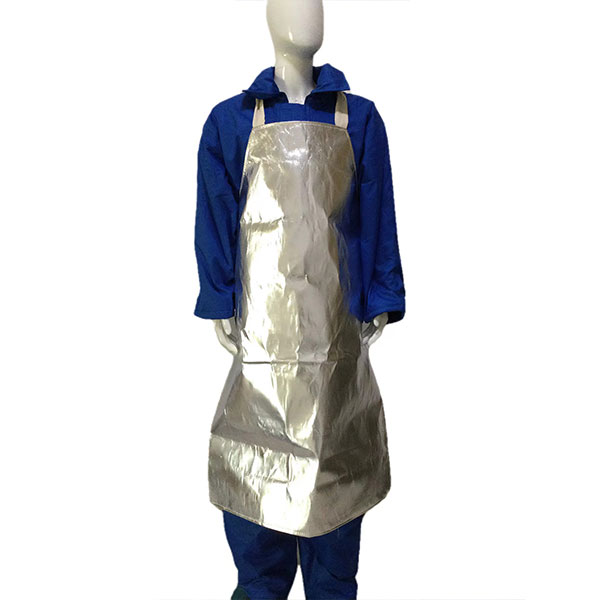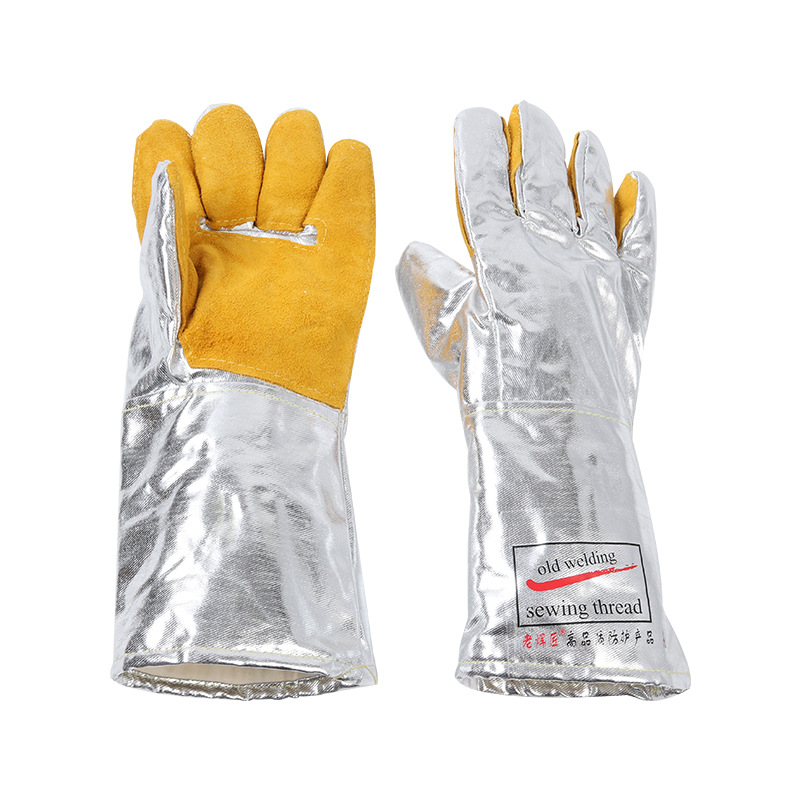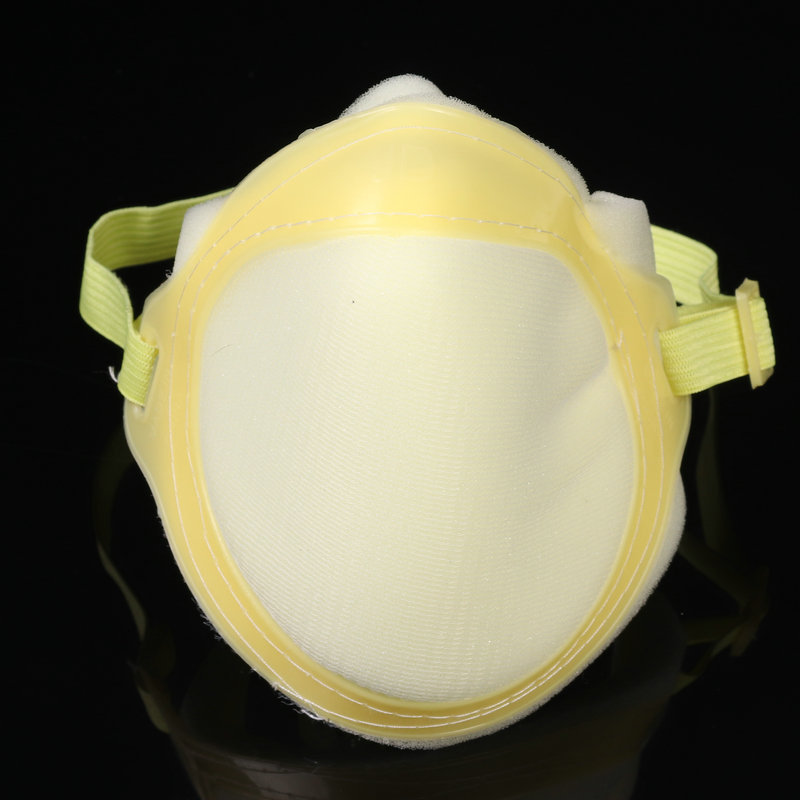
Protection against cuts
Protection against cuts
The cuts are unpleasant, and sometimes a dangerous trauma that each of us faces. Small cuts in the kitchen, scratches in the garden, deep wounds when working with a tool - all this requires attention and timely protection. How to minimize risk and ensure security? Consider a few important aspects.
The choice of correct tools and materials
Do not underestimate the importance of the correct tool. A dumb knife is more dangerous than acute - when working with a dumb tool, it is required to make more efforts, which increases the risk of slipping and, accordingly, cuts. Take knives, scissors and other cutting tools regularly. When working with sharp objects, use special protective devices: cutting boards, gloves, protective mittens, depending on the type of activity. Do not forget about the quality of materials. Fragile or damaged tools - a direct path to injuries.
Safety precautions when working with sharp objects
Even with a sharp and high -quality tool, the right technique is important. Cut confidently, but slowly, focus on your work. Keep the tools correctly, avoid sudden movements. If you work with something large and heavy, for example, with reinforcement, use additional fixers and assistants. Keep the workplace clean and ordered to avoid random hooks and falls. Do not be distracted while working with sharp objects - phone calls, conversations, etc. can lead to serious consequences.
First aid for cuts
Even observing all precautions, cuts can occur. It is important to know how to provide first aid. First of all, rinse the wound with clean water and soap. If the cut is deep or bleeding is strong, apply a sterile bandage and consult a doctor. Do not try to sew deep wounds yourself. Signs that require urgent medical care: severe bleeding, deep wound, visible damage to tendons or bones, severe pain, signs of infection (redness, edema, pus). Attentive attitude to your safety is the key to your health and well -being.
AppropriateProducts
Corresponding products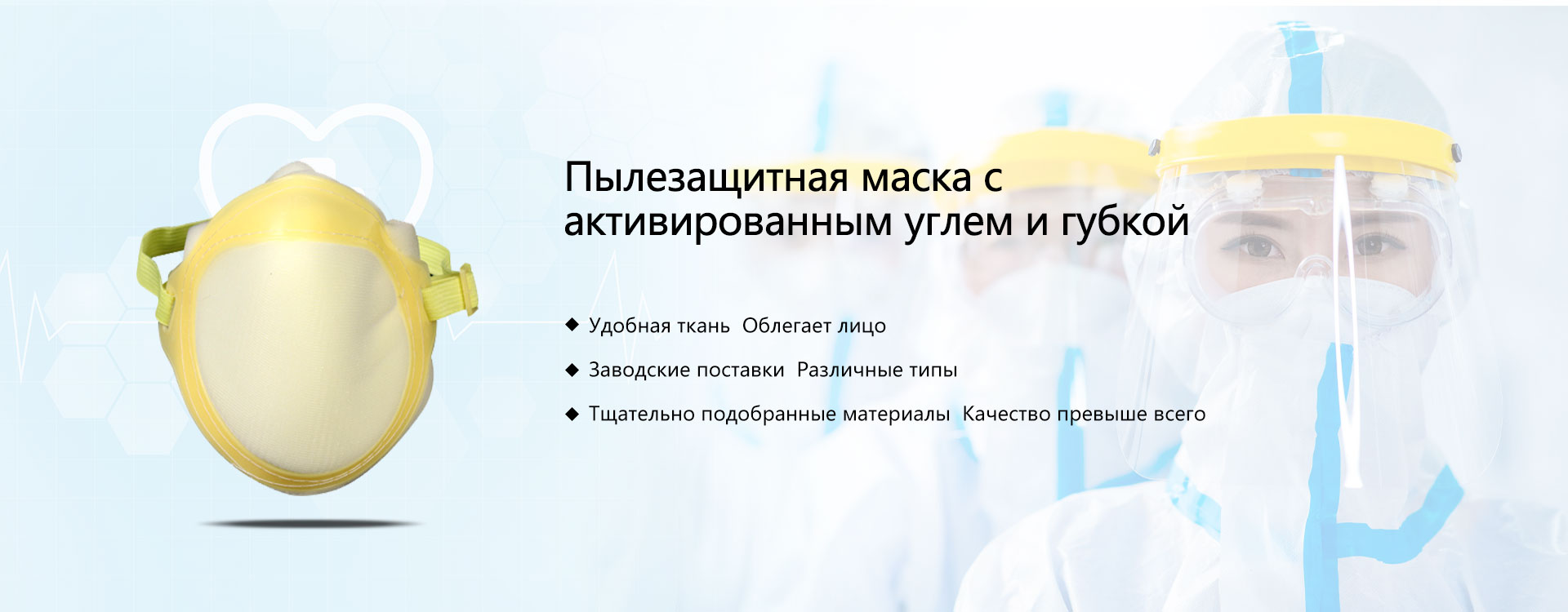
The best soldproducts
The best -selling products-
 Protective heat -insulating gloves for construction work
Protective heat -insulating gloves for construction work -
 Thermal insulating anti -burn aramide gloves made of aluminum foil
Thermal insulating anti -burn aramide gloves made of aluminum foil -
 Aluminum foil
Aluminum foil -
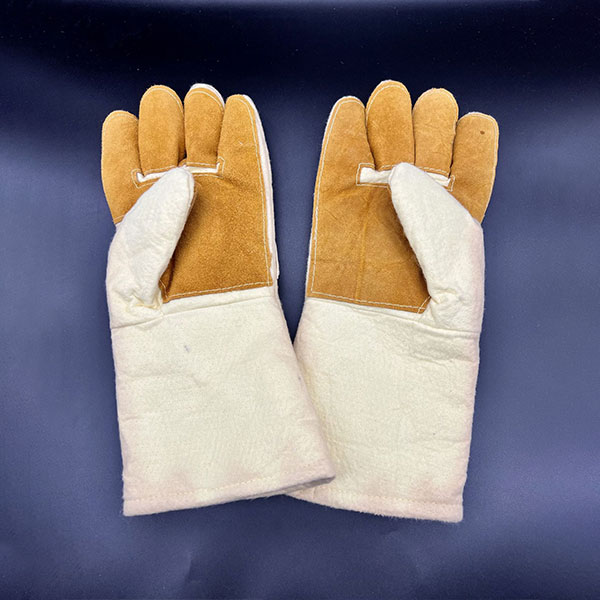 Gloves resistant to high temperatures Aramid insulating gloves
Gloves resistant to high temperatures Aramid insulating gloves -
 Disposable gloves
Disposable gloves -
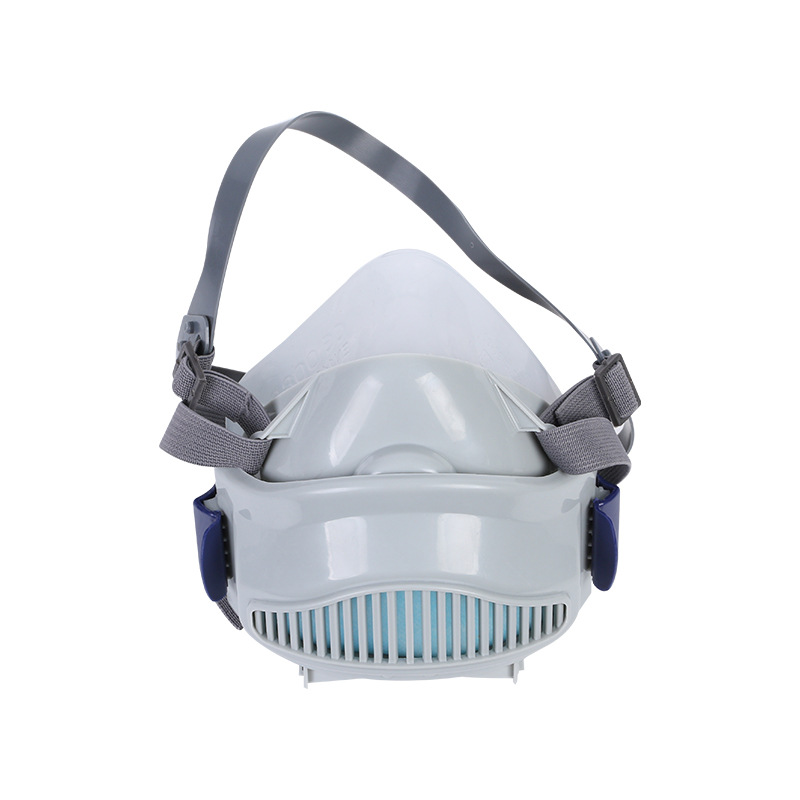 Pure respirator for protection against solid particles
Pure respirator for protection against solid particles -
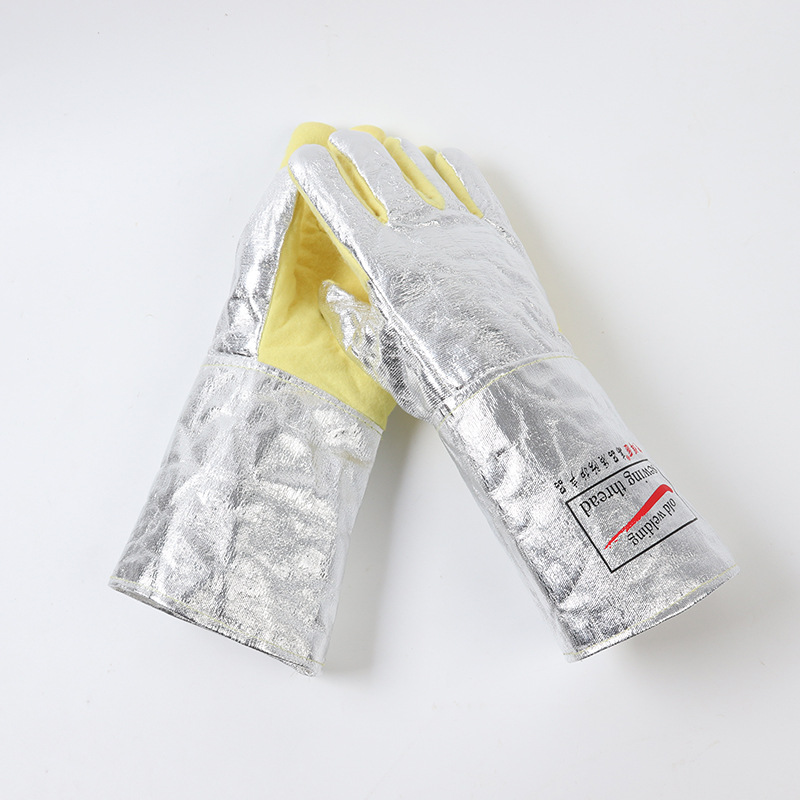 Sustainable temperatures insulating gloves from aluminum foil thickened aramid gloves of labor protection gloves
Sustainable temperatures insulating gloves from aluminum foil thickened aramid gloves of labor protection gloves -
 Gloves resistant to low temperatures cold storage of antifreeze with liquid nitrogen protection
Gloves resistant to low temperatures cold storage of antifreeze with liquid nitrogen protection -
 Honeywell Kn95 dust respirator
Honeywell Kn95 dust respirator -
 Labor protection mask is a clean shield 7000 mask from dust
Labor protection mask is a clean shield 7000 mask from dust -
 Pyatalpal heat -insulating gloves
Pyatalpal heat -insulating gloves -
 Clean shield series 950V KN95
Clean shield series 950V KN95
Connectedsearch
Related search- Cheap cuts protective equipment of the factory
- Disposable mask is three -layer
- Wholesale prices for sterile gloves
- disposable gloves 100
- The main countries-buyers of cheap heat-resistant clothing
- Cheap welding gloves threaded welding gloves basic search countries for welding gloves
- Cheap men's gloves manufacturers
- Leading suppliers of gas masks 2 in China
- The main countries-buyers of wholesale disposable medical gloves
- Cheap disposable gloves m factories







